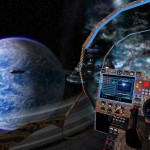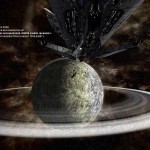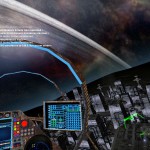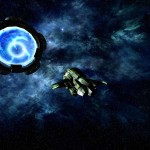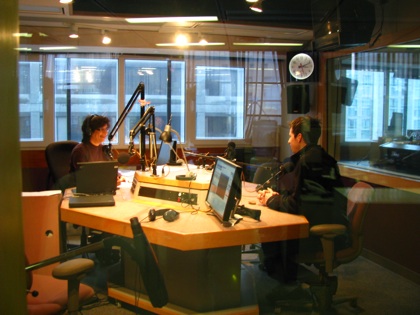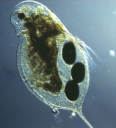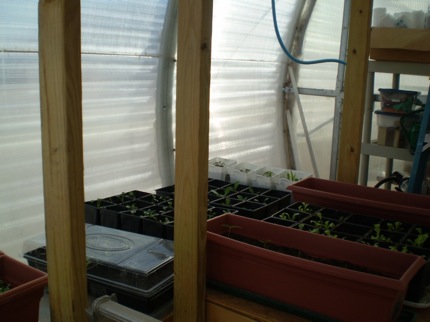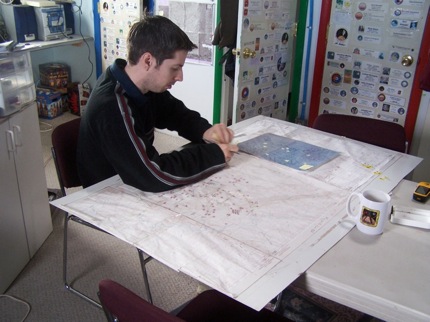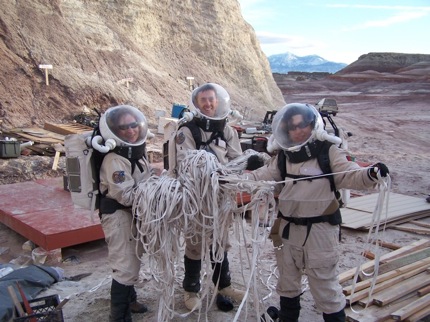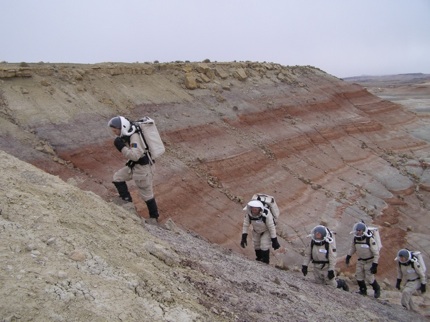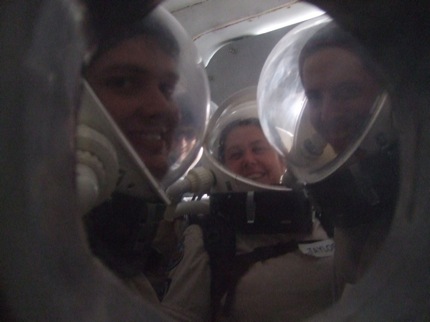Fun in space with Evochron Legends
Posted March 24th, 2009 by SpacemanCategories: Space
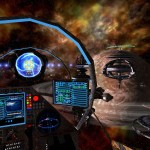 I’m sitting in my custom-built mining ship on the surface of an unknown planet, listening to music and catching up on emails. In the sky I see a faint ring of debris and the main star peeking out from the clouds — looks like it might rain soon. In a few moments I’ll fly to the nearest city and unload the metals I’ve mined. Since there is a huge lack of capable miners here, they’re paying really well. I’ll take my money, point my nose to the sky, set the engines on full and watch the planet get smaller behind me. Next stop, skimming the corona of the nearby star to collect some much needed fuel for my trip to the next system.
I’m sitting in my custom-built mining ship on the surface of an unknown planet, listening to music and catching up on emails. In the sky I see a faint ring of debris and the main star peeking out from the clouds — looks like it might rain soon. In a few moments I’ll fly to the nearest city and unload the metals I’ve mined. Since there is a huge lack of capable miners here, they’re paying really well. I’ll take my money, point my nose to the sky, set the engines on full and watch the planet get smaller behind me. Next stop, skimming the corona of the nearby star to collect some much needed fuel for my trip to the next system.
Evochron Legends is probably the best space game you’ve never heard of. It is a sandbox game, meaning you are given the tools to play with and let loose in a universe to explore your own path. There are no rules in Evochron, save for that only your actions define who you are. There is an active economy, a detailed reputation system, a story that will take you to the edges of the galaxy, and a contract system that will have you fighting, cleaning, spying and delivering your way through space-based society.
It is also one of the best looking space simulation games out there too, have a look at these screenshots.
At the time of writing this, the game is $25. All of that goes to the company that created this game (StarWraith 3D Games) which is comprised of, get this, a single person. One man is the programmer, sound editor, 3D modeler, website developer, forum administrator, artist and advertiser. His twenty year passion for creating space games has resulted in a carefully crafted grassroots masterpiece where one can fly through space, dogfight other players, travel through planetary atmospheres and trade their way to financial success. And he does a world-class job. The graphics are advanced enough to rival most other games like EVE Online and Vendetta, as are the sound effects, flight simulation capabilities and economies. Plus, there are no loading screens or cutscenes, everything is seamless.
There is a free 90-minute demo with an in-game tutorial. There is a bit of a learning curve, but it is well worth it for the freedom and adventure offered by this space sim. The download is 45 megabytes — for the full game also — but you shouldn’t be fooled by the small size. Once in memory this game uses as much resources as any modern game thanks to techniques such as advanced compression and procedural generation.
Now to get back to my mining, platinum is getting a good price these days…
